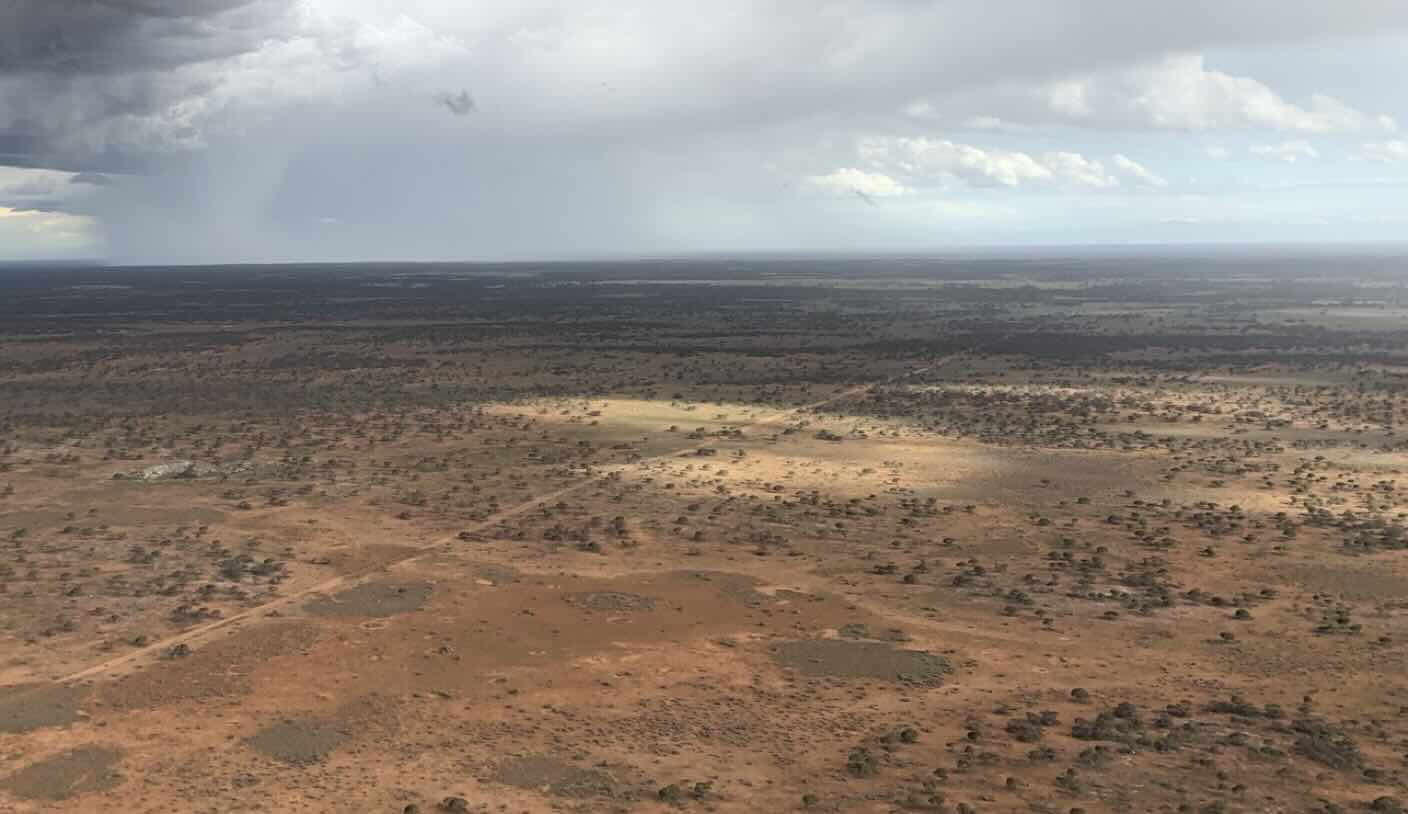Massive 70GW Western Green Energy Hub Nears Environmental Review
Key Ideas
- The Western Green Energy Hub in Australia aims to become the world's largest renewable energy project, producing green hydrogen and ammonia for industrial use and export.
- The project faces environmental scrutiny due to its scale, potential impact on the environment, and location in the Nullarbor Plain, leading to a required Public Environmental Review.
- Initial stages involve generating 6GW of wind and solar capacity to produce 330,000 tonnes of green hydrogen annually, with long-term plans for 3.5 million tonnes and various hydrogen vectors.
- The project, owned by Intercontinental Energy and partners, is part of Australia's push towards renewable energy superpower status, benefitting from proposed government incentives for green hydrogen production.
The Western Green Energy Hub project in Australia is on its way to becoming the largest renewable energy project globally. Recently expanded from 50GW to 70GW, the project plans to produce green hydrogen and ammonia for industrial use and export. The hub, spanning a vast area on the Nullarbor Plain, faces environmental concerns due to its scale and potential impacts on the ecosystem. The Environmental Protection Authority received 259 submissions requesting a public environmental review, which the company will now undertake.
The project's first phase aims to generate 6GW of wind and solar power to produce 330,000 tonnes of green hydrogen annually, with future goals of 3.5 million tonnes and other hydrogen vectors. The project involves a significant number of wind turbines and solar panels across millions of hectares. It aligns with Australia's renewable energy ambitions, alongside other major projects like the Australian Renewable Energy Hub and SunCable project. The company anticipates financial closure for the first stage in 2029, with further development planned over the following decades. The project's prospects are bolstered by the government's proposed incentives for green hydrogen production, signaling a positive outlook for renewable energy in Australia.
